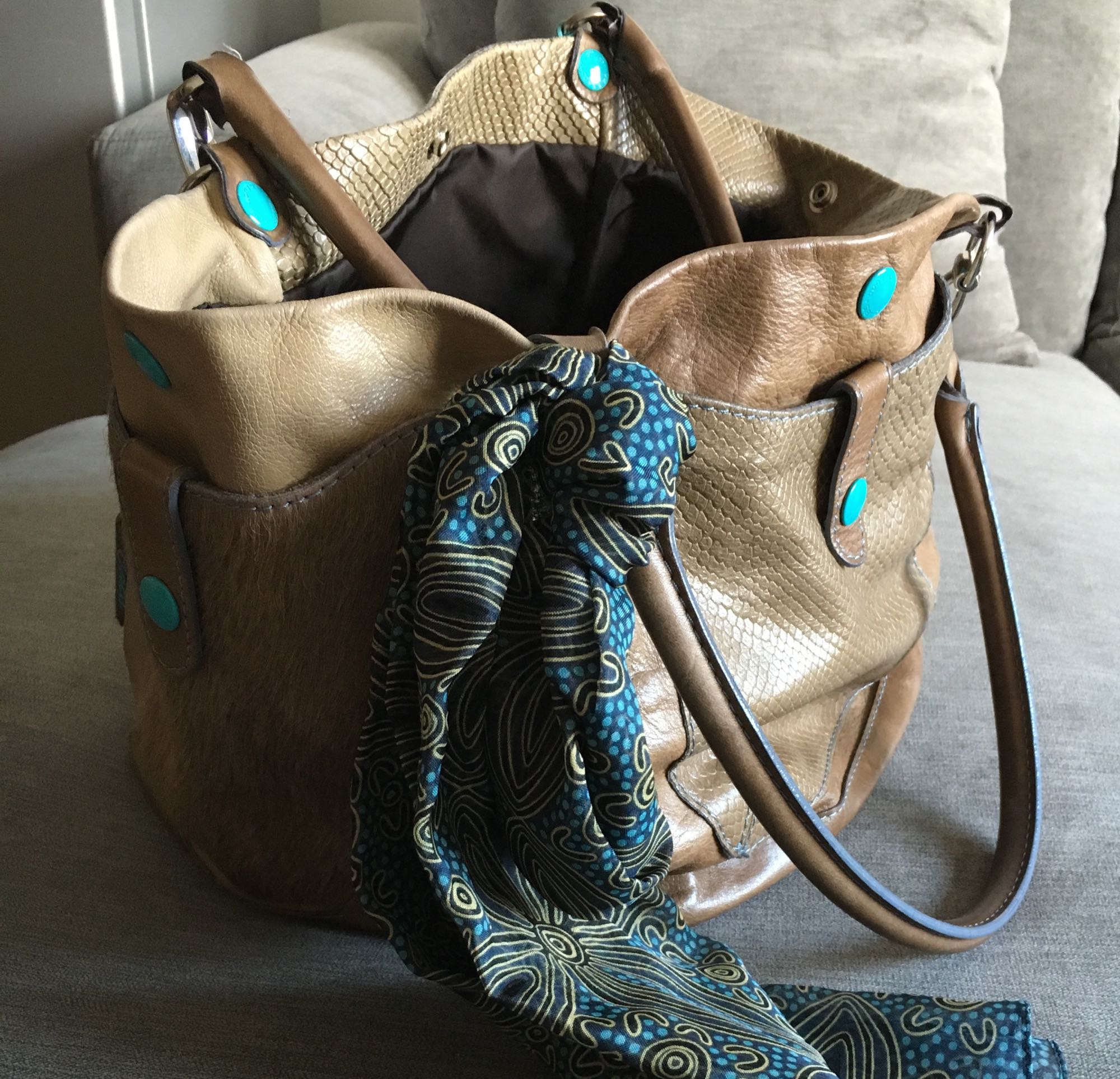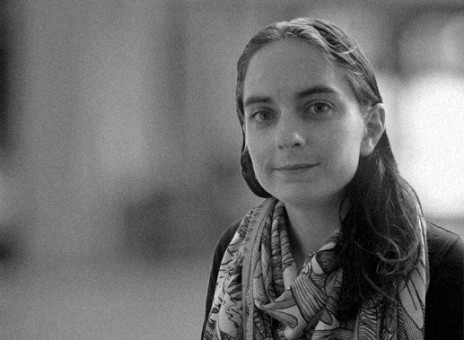Profusion at ASA2016 (Social Anthropology Conference)
In July 2016 we (Jennie Morgan, Heritage Futures researcher and Zemirah Moffat, a visual ethnographer and professional declutterer) participated in the Association of Social Anthropologists of the UK and Commonwealth conference Footprints and futures: the time of anthropology. To explore the conference sub-theme of temporalities of economic exchange, we organised a panel on profusion; designed and hosted a participatory lab on meaningful objects; and presented a paper written with Heritage Futures co-investigator Sharon Macdonald in a sympathetically themed panel on excess and efficiency.
The first event that we attended was the Excess and Efficiency panel organised by Rachel Harkness and Jennifer Clarke. Anthropological concepts, ethnographic realities, and histories of excess and efficiency were explored through diverse papers. These focused on: energy-efficient housing (Rachel Harkness), museum profusion (Jennie Morgan and Sharon Macdonald), discarded e-Devices (Yvan Schulz), wind energy experiments (Annabel Pinker), and the instrumentalisation of art (Jennifer Clarke). Although diverse, these papers were united by core topics, including considering how excess might characterise (in often unexpected or even paradoxical ways) attempts at achieving efficiency or streamlining. Harkness illustrated this through her lively ethnographic account of the various excesses (materials, emotions, designs, substances, aesthetics, and relations) that underpin the construction of Passivhaus buildings.
Invigorated by this opening panel, the next day we ran our Meaningful Objects lab. Attended by a small group of enthusiastic participants, discussion was lively and confirmed our belief in the power of object-elicitation to reveal stories and connections lying beneath the literal, obvious, and visible. This is an approach we have explored individually (Zem through her decluttering work and research with hospices; Jennie through safety research) and collaboratively (through our Heritage Future’s Curating Domestic Profusion workshop). We invited participants to bring an object with them, and to explain their selection by focusing on the ways their object is meaningful. Objects that were passed around the group included: a pair of green earrings (now lost!), two fridge magnets, a medal awarded for language skills, a bag, a bracelet, and two necklaces. After discussing the meanings of these objects, we reflected on whether participants would see potential usefulness for this type of activity in their own anthropological fieldwork. We asked:
- How might you consider using a meaningful object exercise in your own research work?
- What objects have been meaningful to you in your research?
- How have you used objects to make connections with people, locations, ideas, memories, or experiences?
- What objects have you chosen to leave out of your research practice, and why?

To explore the conference sub-theme of temporalities of economic exchange we organised a panel on profusion, designed and hosted a participatory lab on meaningful objects, and presented a paper written in a panel on excess and efficiency.

Participants noted that the group exchange of the meaningful objects exercise – rather than individual or one-to-one discussion – was especially useful. One person commented:
“It was an eye opener to how we view and think of objects. I was trained to “think creatively” but the simplicity and effectiveness of this two hour lab pushed me to think deeper regarding my objects from fieldwork and it was amazing to see that these few hours had a great impact in comparison to classes that are taught over a semester. The object I chose was my bag, which is something important for me. I like big bags that look presentable from the outside and functions like a back pack in the inside. The whole process was interesting, from thinking of what objects to share, to sharing a story behind the object. Sitting in a circle with the rest of the lab attendees and listening to each of their stories was very special. It was a great exercise to bond creatively with people and learn about specific details that mean so much for each one.”

Participants noted that the group exchange of the meaningful objects exercise – rather than individual or one-to-one discussion – was especially useful.
Finally, our Living with and through profusion panel brought together six speakers across two sessions. Zem chaired the first, which explored the topic of hoarding through papers by Alex Miller and David Orr, and a screening of Possessed a short-film by Martin Hampton. The speakers looked at material accumulation, keeping, and the ways that hoarders value the things they keep. They sought to push back against some of the moral assumptions that too often categorise discussion of waste and excess. And did so, partly, by foregrounding the perspectives of hoarders themselves. In the second session, Jennie chaired papers presented by Mitchell Sedgwick and Theodora Sutton. These shifted attention from material to immaterial profusion by looking at cultural excess in multinational corporations (Sedgwick) and digital detoxing (Sutton).
We left Durham inspired from our many conversations with conference participants about a host of connected topics including: people-object relations; keeping, containing, and discarding; moral economies of excess; and the use of objects in research methods. Having participated in three events, we also left weary yet with a sense of satisfaction having enacted our own kind of conference profusion!
